When it comes to building real upper body strength, most training programs fall short. The average gym-goer chases numbers on the bench or burns out with endless pressing, completely ignoring the structure needed to create sustainable, long-term gains. At KILO, we don’t guess. We program with intent.
This article is your inside look at how we design upper body sessions for strength optimization, using the same strategies we teach in our Program Design Course. These sessions are systematic, repeatable, and built on decades of coaching experience.
Let’s break it down.
Structure Creates Strength
The upper body sessions in the KILO system follow a predictable and highly effective format. Every detail; exercise order, rep scheme, rest intervals, and even grip selection, is chosen with purpose.
The majority of our sessions are built around three supersets:
-
A-Series: Primary Strength Work
-
B-Series: Assistance and Hypertrophy
-
C-Series: Isolation and Prehab
This structure ensures that every aspect of a well-rounded session is targeted in an optimized sequence in order to maximize loading and muscular balance.
The A-Series: Laying the Foundation
The A-Series Primary Exercises are where the heavy work gets done. We start each upper body session with a main pressing movement, such as an Overhead Press, Incline Press, Bench Press, or Dip, paired with a pulling exercise, like a Chin-Up or Pull-Up.
This push/pull pairing balances muscular work and promotes shoulder joint integrity. It also keeps rest periods efficient, allowing trainees to perform more total volume without extending the session.
A-series rep schemes typically fall between 4-6 sets of 1-12 reps using a controlled tempo with rest intervals ranging between 90 and 120 seconds.
The 90° Principle: Built-In Variation
One of the most important principles in our programming is the 90° Principle. This concept guides the selection and sequencing of primary pressing movements across a training week.
For example:
-
Overhead Press pairs with Bench Press
-
Incline Press pairs with Dip
These movements are separated by approximately 90° in pressing angle, which minimizes mechanical overlap and joint fatigue. It also ensures that no single pattern is overworked or overlooked while allowing all pressing angles to be targeted.
We also apply this principle within the session itself. For instance, if your main lift is an Overhead Press, your secondary pressing movement in the B-series might be a Flat Dumbbell Press. The change in angle reduces joint stress and enhances strength across different planes while still providing continuity in pressing stressors.
The B-Series: Strategic Assistance Work
After the heavy lifting, the B-Series Assisstance Exercises introduce work in a joint-friendly format by prioritizing dumbbell and cable work instead of classic compound barbell exercises. This typically involves dumbbell pressing variations and rowing movements with either dumbbells or a cable, again following the push/pull format.
These exercises support the main lift while providing the stimulus needed for hypertrophy and structural balance.
Here’s what this might look like:
-
Flat DB Press paired with Neutral-Grip Row
-
Seated DB Press paired with Pronated-Grip Row
-
Decline DB Press paired with Supinated-Grip Row
-
Incline DB Press paired with Neutral-Grip Row
The hand position for each row is selected based on the preceding pressing movement, ensuring alignment with the session’s primary exercises.
The C-Series: Isolation, Support, and Training Longevity
The final section of each upper body session is where we shore up weak links, enter C-Series Remedial Exercises. This often includes triceps, biceps, external rotators, or scapular retractors, depending on the session’s structure.
This series isn’t just about aesthetics. These small muscles support joint function, improve posture, and help prevent injuries over the long term. We typically use higher reps, lighter loads, and short rest intervals to align with the nature of these remedial exercises.
Grip Matters: A Tactical Detail
Every pulling movement, whether it’s a Chin-Up, Row, or Pulldown, is matched carefully to the pressing angle of the session. This isn’t random. Using a systematic approach to dispatching grip positions (hand position and grip width) for pulling movements ensures complete strength development across all pulling muscles.
For example:
-
Overhead Press sessions feature Supinated-Grip Chin-Ups and Neutral-Grip Rows
-
Bench Press sessions feature Neutral-Grip Chin-Ups and Pronated-Grip Rows
These details help build complete, balanced strength without overloading the same movement pattern repeatedly.
Why This Matters
When upper body programming is built on random selection, progress stalls. What you need instead is a system, one that intelligently cycles movement angles, balances stressors for joint integrity, and progresses over time.
At KILO, we teach that system.
If you’re a coach looking to elevate your programming or an athlete tired of spinning your wheels, this is where real progress begins. The strategies outlined in this article are just the surface of what we cover in our Program Design Course.
Ready to learn the full system?
Join the KILO Program Design Course and learn how to design every session with purpose, precision, and long-term progress in mind.
Enroll NowTrain hard. Train smart. Train KILO.
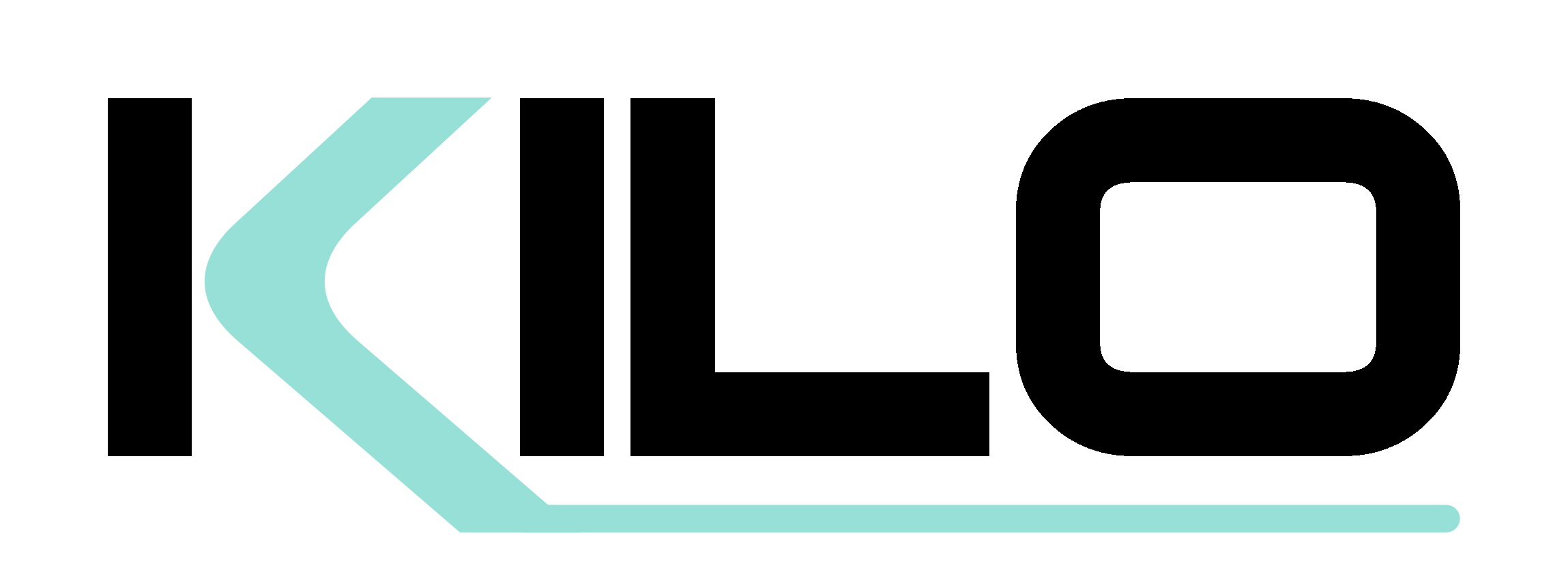
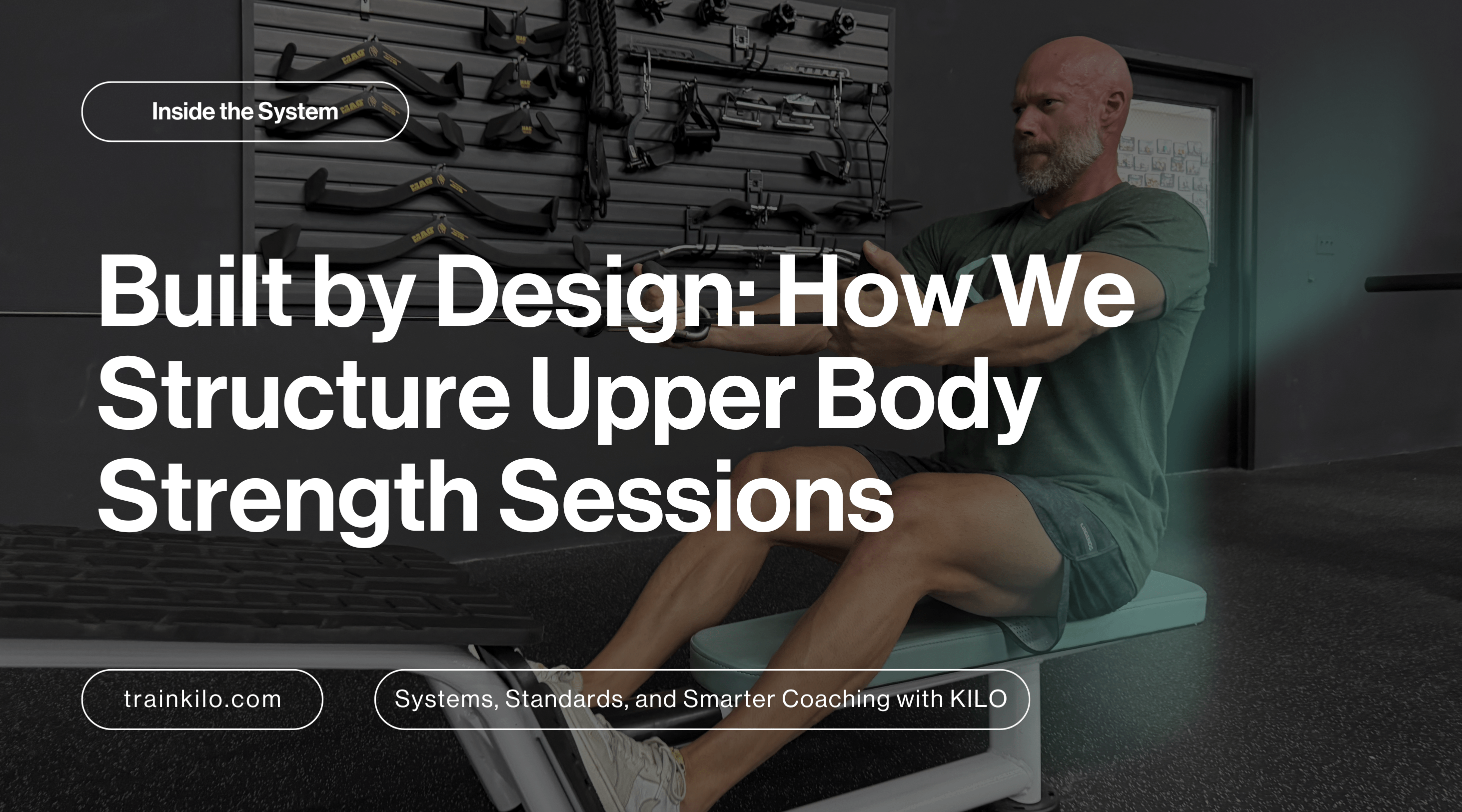
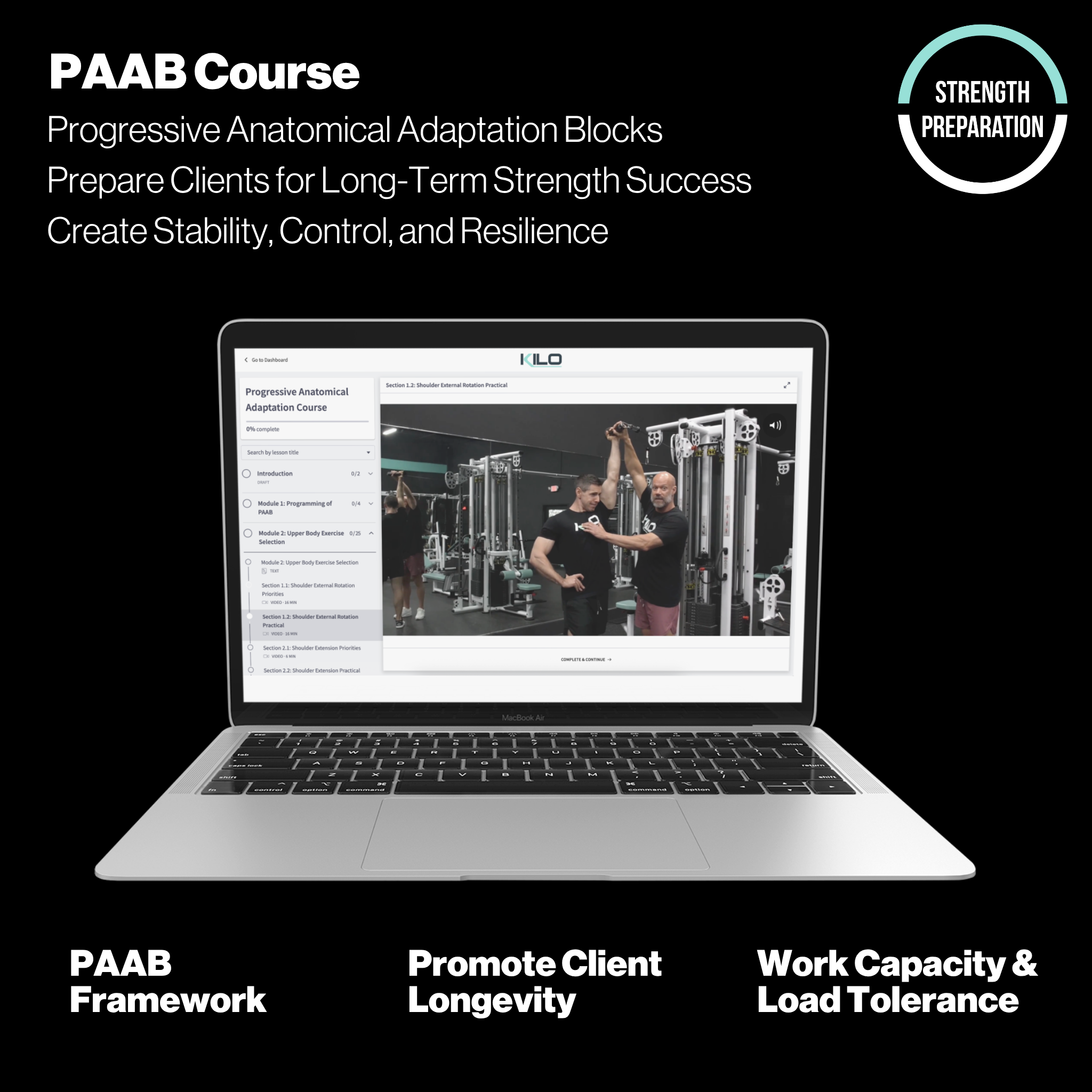
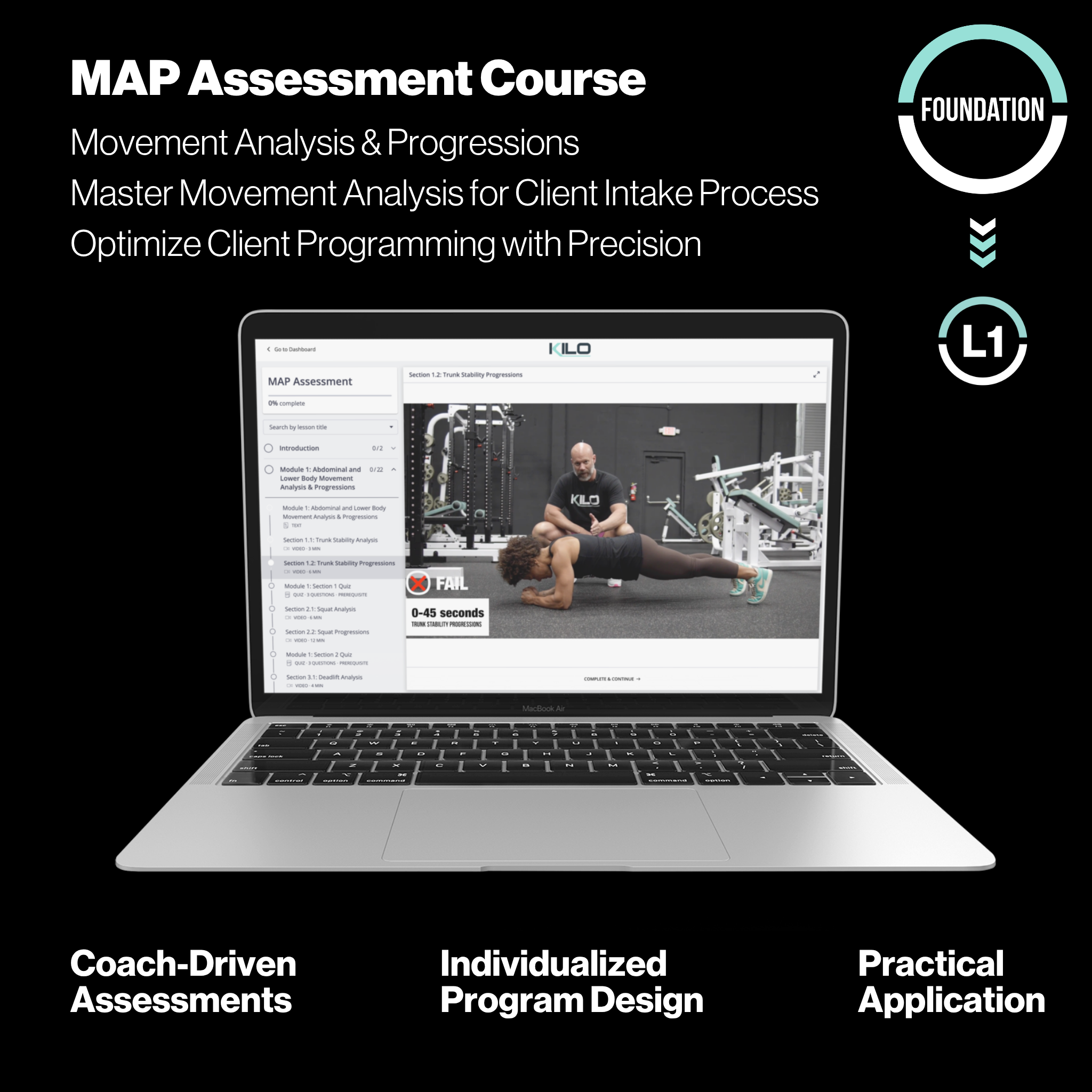
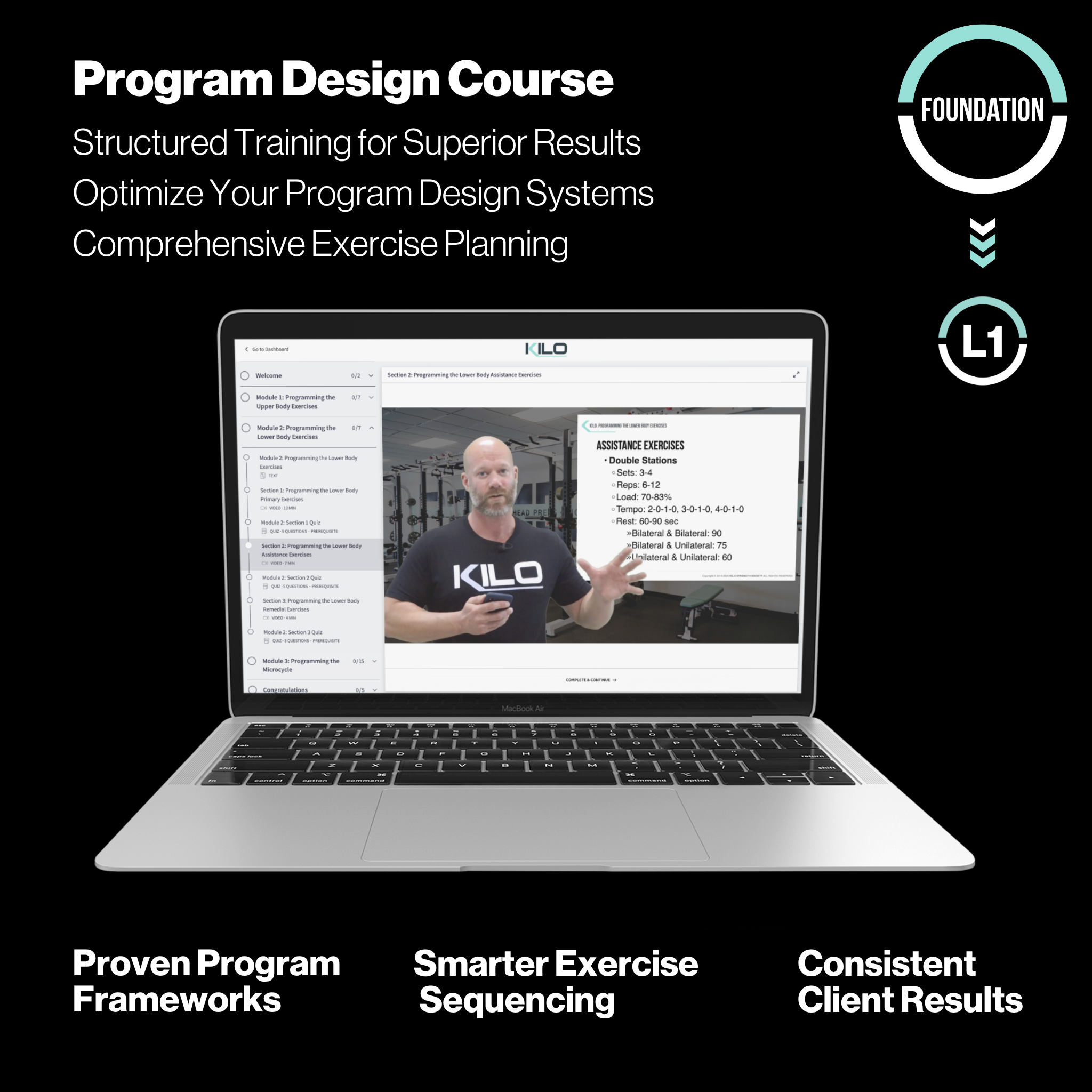


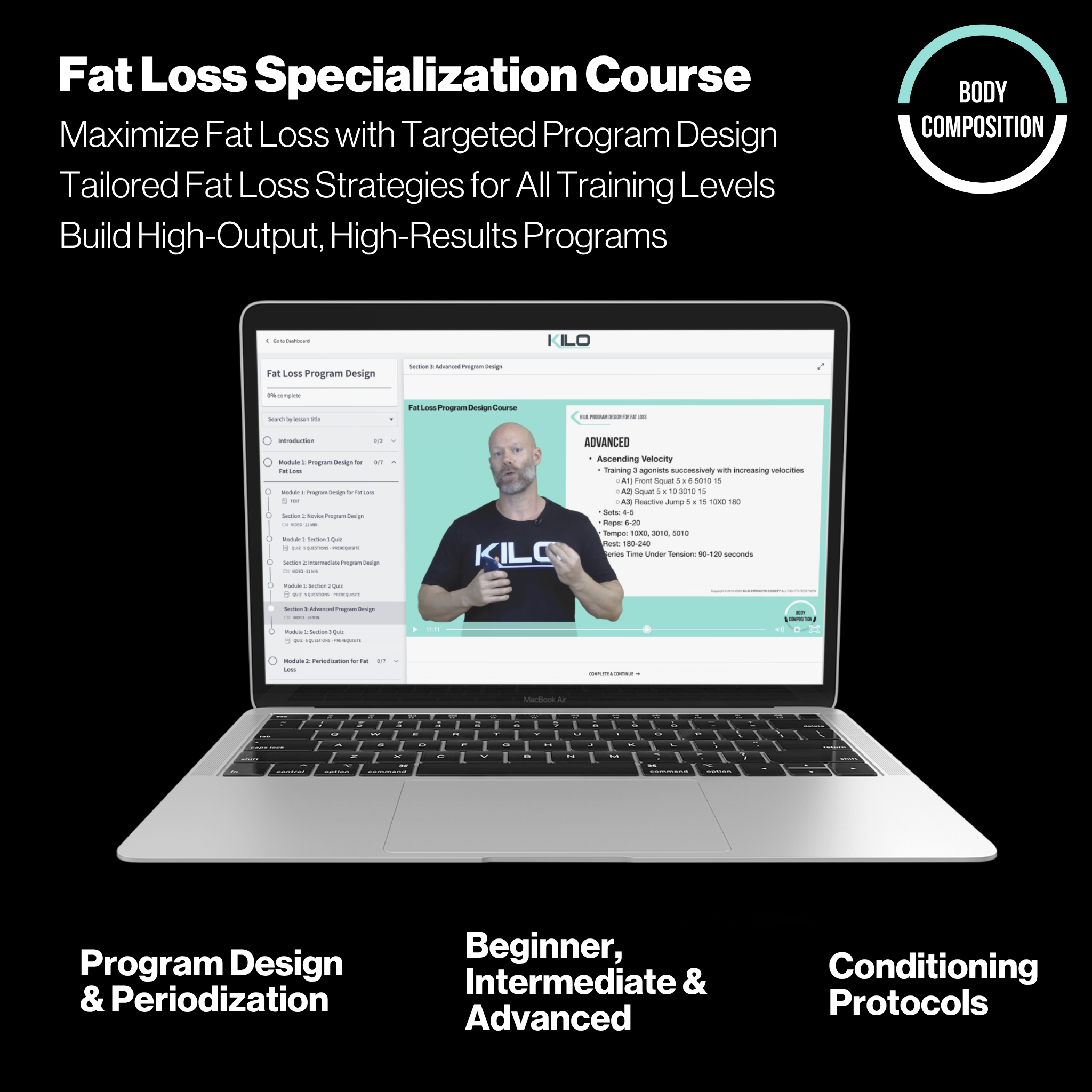
Share:
Session Loading: How KILO Structures In-Session Progression for Maximum Gains
Precision Loading: How Rep Schemes Potentiate Strength Across Phases